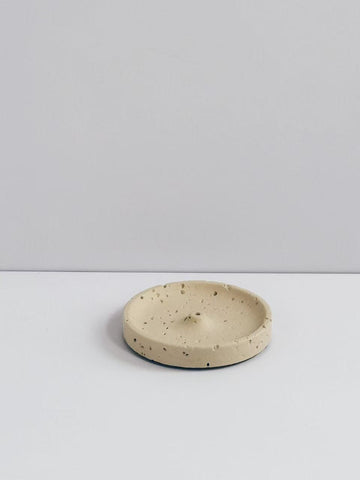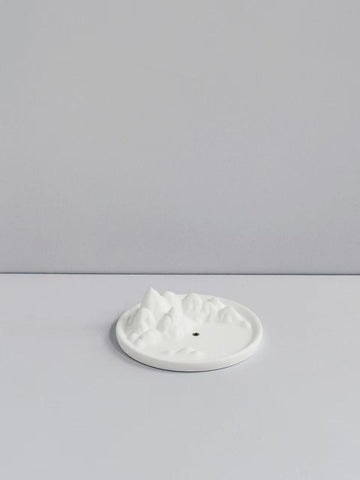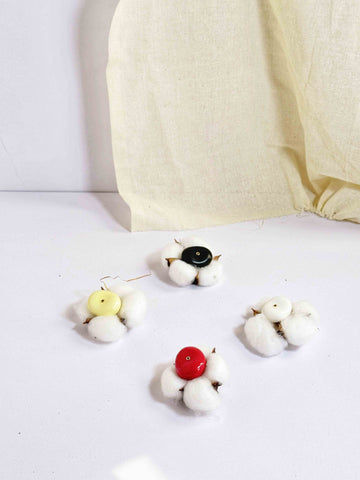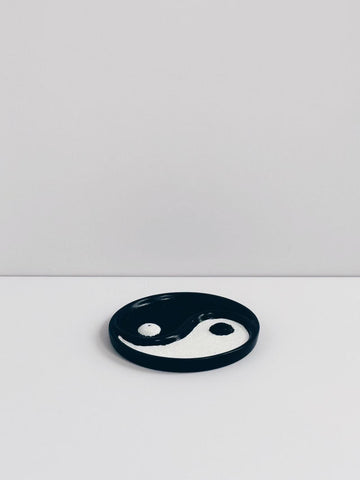In a world increasingly conscious of natural health practices, herbal incense stands out as a beautiful and time-honored way to promote wellness, purify environments, and stimulate the senses. Whether used in spiritual rituals, traditional Chinese medicine (TCM), or modern aromatherapy, herbal incense has been cherished for centuries. But how exactly do you make herbal incense? This in-depth guide explores the theory, ingredients, and methods behind crafting high-quality herbal incense, with a focus on traditional Chinese herbs and practices.
Chapter 1: Understanding Herbal Incense
1.1 What Is Herbal Incense?
Herbal incense is a form of aromatic product made from dried plant materials and other natural substances. Unlike synthetic incense sticks, which often use artificial fragrances, herbal incense is rooted in the medicinal and aromatic properties of genuine herbs, resins, roots, and flowers.
1.2 Historical and Cultural Context
From ancient Egypt to India and China, incense has been used in religious rituals, healing practices, and even pest control. In Chinese culture, herbal incense not only serves spiritual functions but also plays a medicinal role in TCM, where scent influences energy flow and organ function.
Chapter 2: The Foundation of Herbal Incense in TCM
2.1 Classification of Aromatic Herbs
Over 90% of herbal incense ingredients come from plants, categorized by their botanical part:
-
Flower Herbs: Chrysanthemum, Honeysuckle, Albizia flower, Plum blossom
-
Leaf Herbs: Agastache, Artemisia, Eupatorium, Perilla
-
Fruits/Seeds: Pepper, Chive seeds, Citrus medica, Bitter orange
-
Whole Plant: Houttuynia, Lemongrass, Coriander
-
Root/Rhizome: Notopterygium, Gentiana, Curcuma, Cynanchum
-
Resins: Frankincense, Myrrh, Nardostachys, Styrax
Non-plant ingredients include:
-
Animal-based: Musk, Aspongopus
-
Synthetic/Extracts: Synthetic Borneol, Natural Camphor, Essential Oils
2.2 TCM Properties: Nature, Flavor, and Meridians
Herbal incense ingredients are categorized by their temperature (warm, cold, neutral), flavor (pungent, bitter, sweet), and the meridians they enter (Spleen, Lung, Liver, Heart, etc.).
Examples:
-
Warm & Pungent: Cang Zhu (Atractylodes), Cinnamon, Nutmeg – invigorating and dispersing.
-
Cool & Pungent: Mint, Artemisia – uplifting, dispersing heat.
-
Neutral: Agastache, Myrrh, Lotus Leaf – gentle and harmonizing.
These attributes affect their therapeutic role when burned.
Chapter 3: Benefits of Herbal Incense
3.1 Purification and Disinfection
Cang Zhu and Atractylodes contain volatile oils with antibacterial effects. Burning them releases agents that can kill airborne pathogens like E. coli and Staphylococcus aureus.
3.2 Dispelling Pathogens
Traditional formulas used during epidemics often included incense made from aromatic herbs. Ancient texts like Ben Cao Gang Mu record fumigation rituals to prevent illness.
3.3 Digestive and Mood Benefits
Herbs like Sandalwood, Frankincense, and Cardamom support digestion and reduce nausea. Their aroma stimulates the spleen and promotes appetite.
3.4 Dampness Removal
Aromatic herbs like Agastache and Magnolia bark invigorate the spleen and resolve dampness, making incense effective for humid environments.
3.5 Pain Relief and Qi Circulation
Incense containing Myrrh, Frankincense, or Musk can relieve pain and promote circulation.
3.6 Mental Clarity and Alertness
Sage, Mint, and Camphor help open the sensory orifices, enhancing concentration and awakening consciousness.
Chapter 4: How to Make Herbal Incense – Step-by-Step
4.1 Tools and Supplies
-
Mortar and pestle or grinder
-
Fine sieve (100 mesh recommended)
-
Mixing bowl
-
Wooden molds or incense extruder
-
Drying rack
4.2 Base Materials
-
Binder/Base: Unscented wood powder (100 mesh)
-
Adhesive: Red Elm bark powder or natural gums (e.g., Tragacanth gum)
-
Liquid: Purified water or hydrosol (e.g., rosewater)
4.3 Optional Additives
-
Natural colorants: turmeric (yellow), spirulina (green), charcoal (black)
-
Essential oils: for added scent
4.4 Preparation Method
Step 1: Grind herbs into fine powder. Use a high-speed blender or traditional grinder. Sift through a 100-mesh sieve.
Step 2: Mix wood powder and herbal powder. Typical ratio: 70% wood powder, 30% herbal blend.
Step 3: Gradually add adhesive and water. Stir slowly until the mixture becomes a moldable paste.
Step 4: Form the incense. Use a mold or hand-roll into cones/sticks. For sticks, extrude through a small pipe or use bamboo cores.
Step 5: Dry the incense. Air dry in a shaded, ventilated area for 5–7 days or dehydrate at 40°C.
Chapter 5: Sample Formulas for Herbal Incense
5.1 Anti-Epidemic Herbal Incense
-
Cang Zhu (Atractylodes) 30%
-
Frankincense 20%
-
Myrrh 10%
-
Camphor 5%
-
Sandalwood 30%
-
Cinnamon 5%
5.2 Calming & Sleep Blend
-
Agarwood 25%
-
Lavender 15%
-
Lotus Leaf 10%
-
Sandalwood 30%
-
Valerian root 20%
5.3 Meditation and Focus
-
Sage 15%
-
Mint 15%
-
Frankincense 20%
-
Agarwood 30%
-
Clove 20%
Chapter 6: Safety, Storage, and Use
6.1 Usage Guidelines
-
Burn in well-ventilated spaces.
-
Avoid use around infants or those sensitive to smoke.
-
Do not directly inhale smoke in large quantities.
6.2 Storage Tips
-
Store in airtight glass or metal containers.
-
Keep away from moisture and sunlight.
-
Use within 6–12 months for best aroma.
Chapter 7: Legal and Ethical Considerations
-
Avoid endangered herbs like true Musk unless ethically sourced.
-
Use organically grown herbs whenever possible.
-
Follow local regulations if producing for sale.
Herbal incense is more than just a pleasing aroma—it's a therapeutic medium rooted in centuries of healing wisdom. By understanding the nature, function, and traditional use of aromatic herbs, you can craft incense that nurtures both the body and spirit. Whether for personal use or as a craft for your wellness brand, learning how to make herbal incense is a rewarding journey into natural health and culture.
FAQs
Q1: Can I use essential oils instead of herbal powders? Yes, but they should be added carefully and in small amounts to prevent overpowering or burning inconsistently.
Q2: Is there a vegan-friendly version? Absolutely. Simply avoid animal-derived ingredients like musk and substitute with plant-based analogs.
Q3: What’s the best beginner formula? Try a simple mix of Sandalwood, Frankincense, and Lavender. Easy to make and pleasant for most users.
References
-
Ben Cao Gang Mu (Compendium of Materia Medica)
-
Shen Nong Ben Cao Jing Shu
-
Chinese Pharmacopoeia
-
Journal of Ethnopharmacology
-
WHO guidelines on herbal preparation









